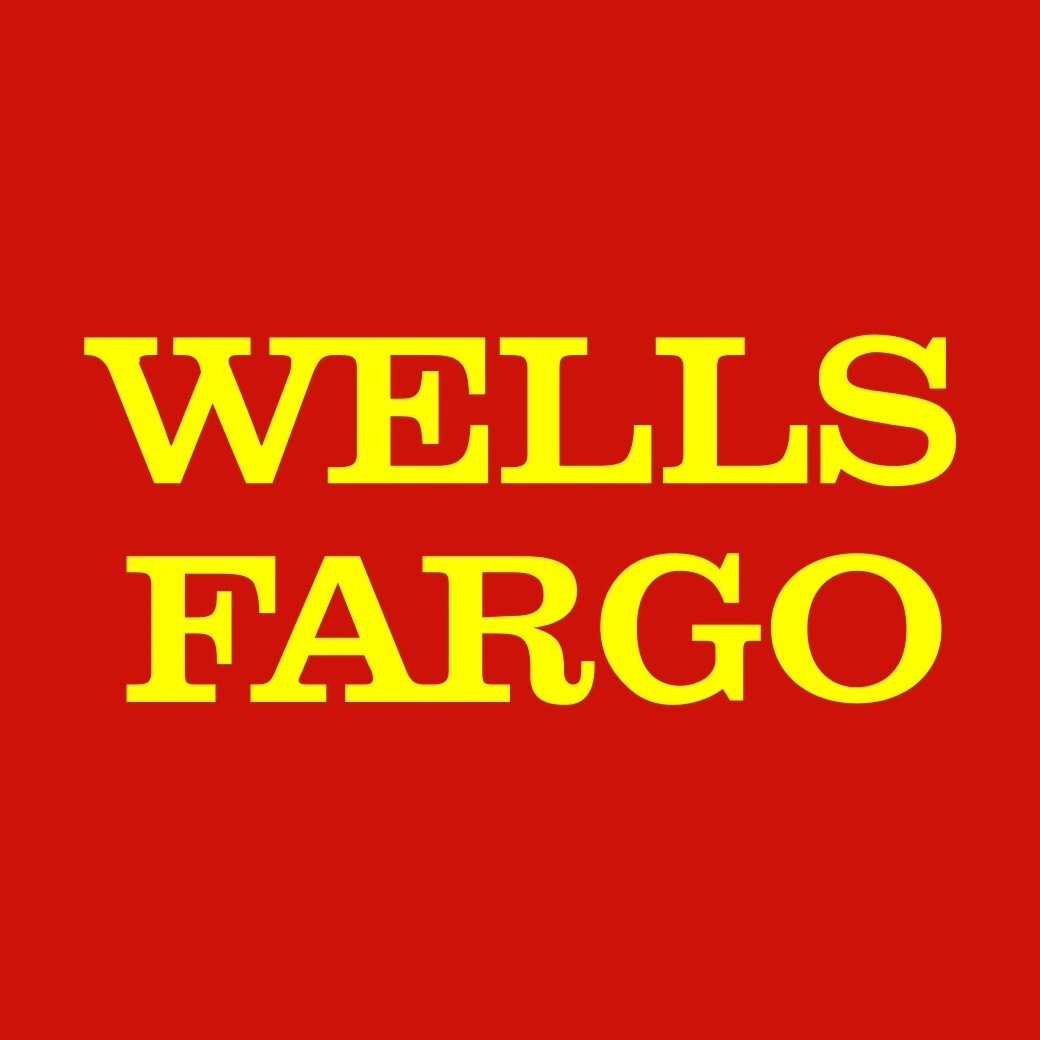Banking, finance, and taxes
Wells Fargo Buyback Another Positive Move

Published:
Last Updated:

Wells Fargo & Co. (NYSE: WFC) is currently the king of banks by market cap, and it also is the bank trading at the largest premium to its book value. So what are investors supposed to think of a Wells Fargo expanded buyback?
The reality is that Wells Fargo has promised frequently to do more share buybacks and to keep returning capital to its shareholders. Its aim in buybacks is to increase its earnings per share after the float shrinks and to return capital (lots and lots of it) to shareholders.
On top of announcing a common stock dividend of $0.375 per share after Tuesday’s close, Wells Fargo’s board of directors also increased its authority to repurchase common stock by an additional 350 million shares. With shares trading at roughly $49.00, that translates to some $17.15 billion that can be used for buybacks.
24/7 Wall St. wanted to see what this really translates to. The $17.15 billion is versus a market cap of roughly $249 billion. As far as a percentage of the 5.1 billion shares that Wells Fargo has outstanding, this represents 6.86%.
Wells Fargo shares have one thing in common with other major banks: they did not recover much on good earnings. They differ in that most banks now trade at discounts to book value, while Wells Fargo is at one of the few real premiums to book value, explained because the bank is not involved in the risky derivatives and extensive financial market trading operations that so many rivals were involved in before, during and after the financial crisis.
Wells Fargo also has suffered less on settlements as a result of its non-market efforts, but investors do need to consider that Wells Fargo is now the largest exposed to the U.S. mortgage market.
This is one of those buybacks that will continue long after this plan expires. At least that is the case barring another financial crisis.
If you’re one of the over 4 Million Americans set to retire this year, you may want to pay attention. Many people have worked their whole lives preparing to retire without ever knowing the answer to the most important question: am I ahead, or behind on my goals?
Don’t make the same mistake. It’s an easy question to answer. A quick conversation with a financial advisor can help you unpack your savings, spending, and goals for your money. With Zoe Financial’s free matching tool, you can connect with trusted financial advisors in minutes.
Why wait? Click here to get started today!
Thank you for reading! Have some feedback for us?
Contact the 24/7 Wall St. editorial team.